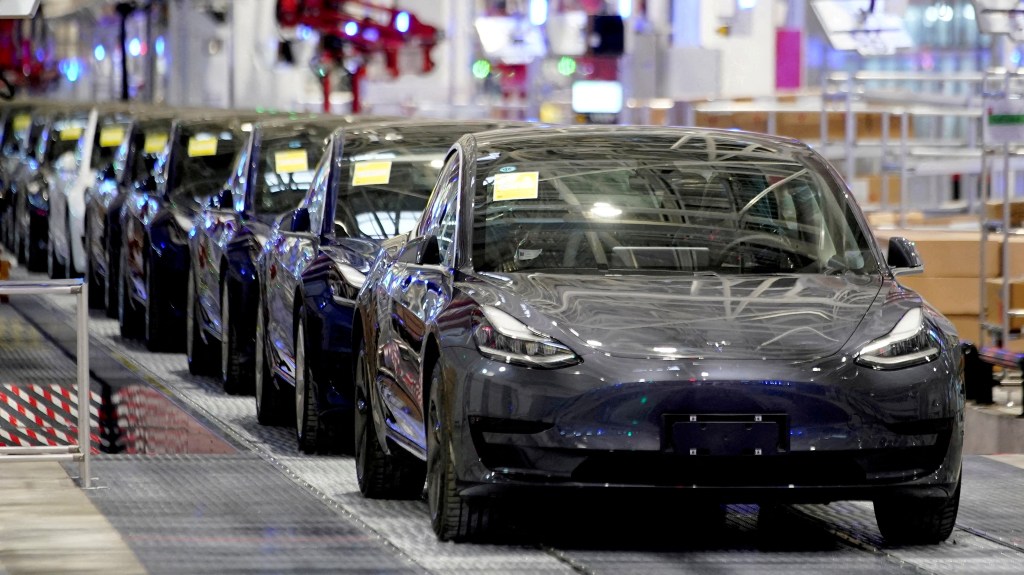The Evolution of Payment Methods: Embracing Digital Wallets
Is it time to move beyond the traditional cash or card debate?
This discussion is becoming increasingly irrelevant as payment options expand. With mobile wallets, QR codes, contactless transactions, and cryptocurrencies, the landscape of payments is under transformation.
In several nations, mobile payment applications are linked to bank accounts, enabling users to send money instantly via simple identifiers like phone numbers or email addresses. Examples include Sweden’s Swish and Brazil’s Pix.
The Pix app is set to introduce a feature allowing payments in installments, which means small purchases can be settled over time. In regions of Latin America, where cash used to dominate, many consumers are bypassing credit and debit cards in favor of mobile wallet solutions.
As payment methods evolve, using credit and debit cards may soon feel outdated. Individuals are increasingly utilizing their smartphones for transactions through platforms like Apple Pay or Google Pay, often leaving their physical cards behind.
On my daily commute, it’s common to spot passengers using their phones or smartwatches to pay for train fares at ticket barriers. While I appreciate the convenience, I wish some would prepare in advance to avoid slowing the line for others.
Gone are the days when I would carry a purse; these days, my phone is my primary payment tool.
Mobile wallets offer advantages, such as no spending limits unlike the £100 maximum with contactless payments.
Moreover, cardless ATMs have emerged, allowing users to withdraw cash by simply tapping their mobile banking app against the ATM’s contactless symbol and entering their PIN.
In certain regions, it’s even possible to shop online without a physical card or bank account. For example, in Brazil, users can utilize boleto bancário for payments, while in Mexico, OXXO offers a similar service that allows users to generate a barcode for in-person transactions at various payment locations.
Interestingly, despite digital advancements, cash is showing remarkable endurance. Recent data suggests a resurgence in cash transactions in the UK, marking a 10% increase in withdrawals from ATMs, as reported by Nationwide building society.
Could cash outlast cards, similar to how vinyl records have gained popularity over CDs? It wouldn’t be surprising.
There appears to be a persistent appeal for cash, particularly for personal transactions like paying a handyman or maintaining an emergency fund for unexpected tech failures—a safety net that cards can’t replicate.
So, what does the future hold?
Perhaps we will see AI-powered digital wallets that automate bill payments based on user behavior. Before long, a machine might handle your payments for groceries, public transport fares, or even taxes, freeing you from having to keep track.




Post Comment